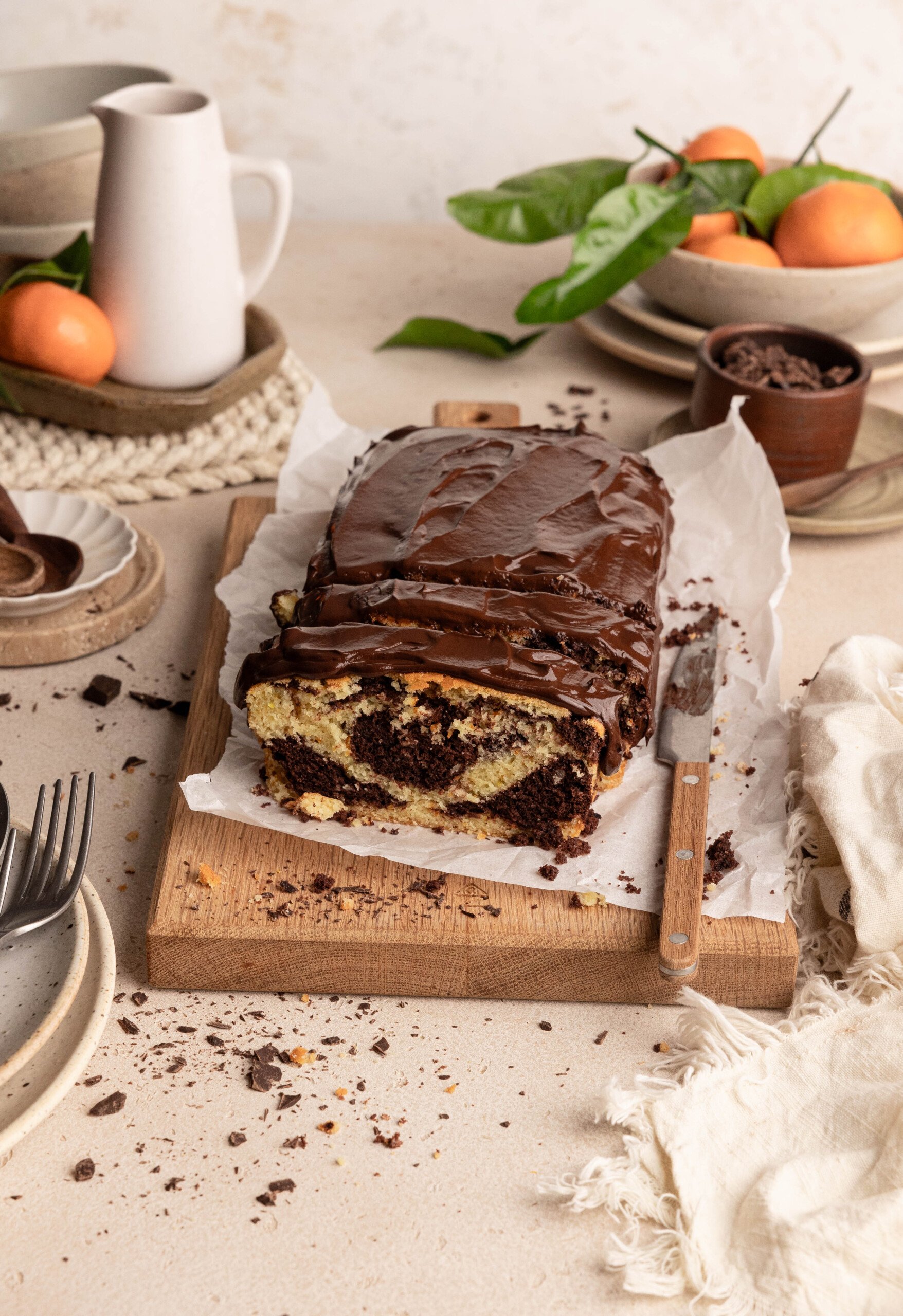'Milk Street Backroads Italy' Makes Italian Food New Again
This cookbook might make you question some of your “rules” about cooking Italian food.

We may earn a commission from links on this page.

Credit: Allie Chanthorn Reinmann
Welcome to “Cookbook of the Week.” This is a series where I highlight cookbooks that are unique, easy to use, or just special to me. While finding a particular recipe online serves a quick purpose, flipping through a truly excellent cookbook has a magic all its own.
Another Italian cookbook—I know. But trust me, you’ll want to be here for this one. Milk Street Backroads Italy is a cookbook that may make you question some of your “rules” about cooking Italian food. Constantly stirring polenta? Adding slabs of mozzarella to your eggplant parm? Loading Italian wedding soup with meatballs? While I will probably continue putting mini meatballs in everything, this latest volume from Milk Street has done something unexpected—it’s made Italian food new for me again.
A bit about the book
This absolutely packed cookbook by Christopher Kimball and J.M. Hirsch just published on April 15, and it’s fresh in more ways than that. You get a hint from the name, Backroads Italy, that you’re about to see a different side of the country's cuisine. This has been attempted by many, and why not? Italian food is usually easy to make, delicious, and relatively reliable to duplicate across regions. What this cookbook does differently is give you a host of dishes you probably aren’t familiar with (I wasn’t), and truly helpful tips at every turn.
As for the dishes you thought you knew well, Milk Street Backroads Italy shows you a new way to make it. A new way that doesn’t make you grumpy about the change, but instead, intrigued by the possibility of an alternative favorite.
It’s important to mention that these “new” methods aren’t actually new—they’ve been in use for generations. But they’re finally making their way to us from different regions in Italy—from Italian chefs that Kimball and Hirsch cooked with and learned from—occasionally with an adjustment in favor of science, or a spin on technique for the sake of ease in the American kitchen.
A great cookbook for a different look at Italian food
I admit, I usually find an excess of stories in cookbooks a little tiresome—I like to get on with the recipes—but the stories in this cookbook drew my attention nearly every time. Instead of meandering anecdotes (which is when I usually flip), these excerpts are descriptive with a clear intention. They provide vital information about what you’re about to see on the next page, and why it’s going to be different from what you’re used to.
I especially enjoyed reading about No-Fry Neapolitan Eggplant Parmesan (Parmigiana di Melanzane), classic polenta, and the Milanese technique for quick-cooking risotto. Each dish traditionally has an annoying but supposedly written in stone, must-do step. For example, the eggplant must be breaded in a coating of egg and bread crumbs. For polenta, it’s consistent stirring and boosting it with lots of cheese and butter. For risotto, much of the same slow and consistent stirring while slowly ladling in chicken broth. Well Milk Street Backroads Italy showed me that not only can you ditch the annoying steps, but the meal might actually be better for it.
While Italian food is often known for hearty, tomato-sauce-laden pastas and, of course, pizza, the authors here relish in unearthing the little-known recipes of Italy—and the enthusiasm is contagious.
What do you think so far?
I love the idea of making a soup that’s jam-packed with herbs instead of meat, swapping spaghetti with chickpeas for my vongole, or giving tomatoes a break and dousing rigatoni with a bright green broccoli sauce. Don’t get me wrong: There are familiar pasta dishes, risotto, focaccia, and pizza galore in this book. Just be open to the twists and turns on these backroads. You’ll be happy you did.
The dish I made this week

Credit: Allie Chanthorn Reinmann
I browsed the offerings in this cookbook for days, and I stopped often to gander at a gorgeous picture here or peruse the ingredient list there. But I kept coming back to page 179, Rigatoni con Salsa di Broccoli. Something about the creamy green sauce with big pasta tubes and even bigger broccoli florets was irresistible. Plus the ingredient list was a reasonable length of 10 ingredients, none of them difficult to source.
Essentially, the sauce is made from the often-jettisoned broccoli stem with some key flavoring ingredients added. They all get blended into a furiously jade-hued sauce and tossed with the cooked rigatoni and blanched broccoli florets. It's a simple recipe, made even less busy by using a single pot of boiling water for all of the work. I appreciated not having multiple pots and pans going at once (and not having to clean them all later).

Credit: Allie Chanthorn Reinmann
When I caught a whiff of the sauce out of the blender, I knew: There would be no hope for leftovers. I took one bite and was gobsmacked. This dish is upsettingly delicious. The broccoli flavor is to be expected—it’s the star—but the sauce is actually built on layers of flavor. Small, powerful ingredients—capers, garlic, and lemon zest specifically—get blended in at the perfect ratio to lift each other up without overwhelming the eater. This recipe is a problem. My neighborhood is about to run out of broccoli.
Where to buy the book
You can get 36% off if you buy the hardcover of Milk Street Backroads Italy from Milk Street’s online store, compared to the hardcover at other online retailers. But consider the more subtle ebook for an even lower price. Extra imaginary points from me if you solicit your local real-life bookstore too.

 KickT
KickT 


































